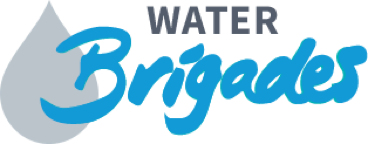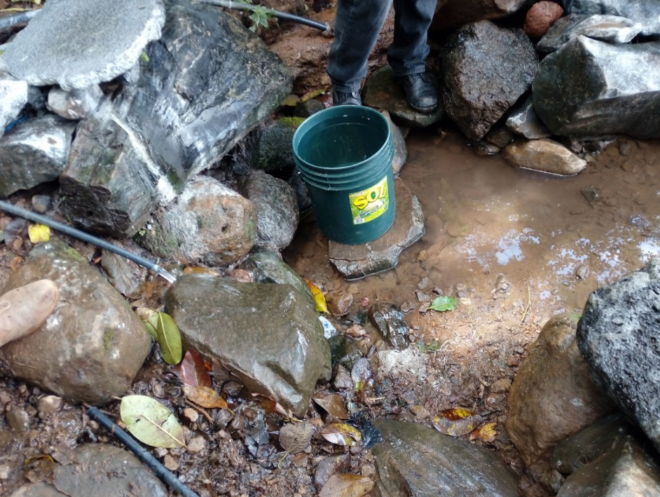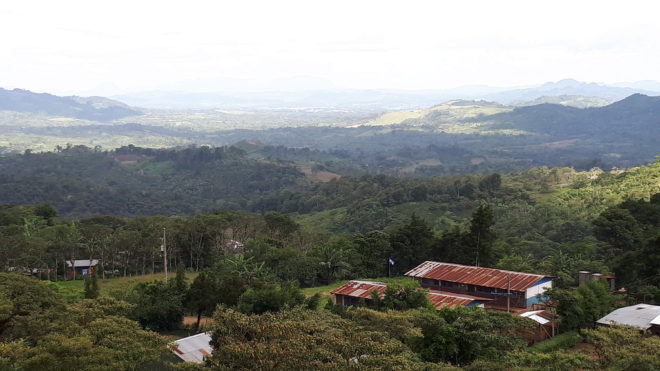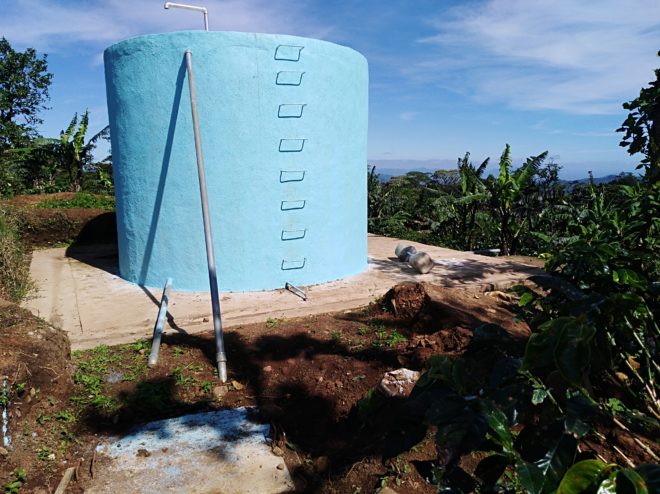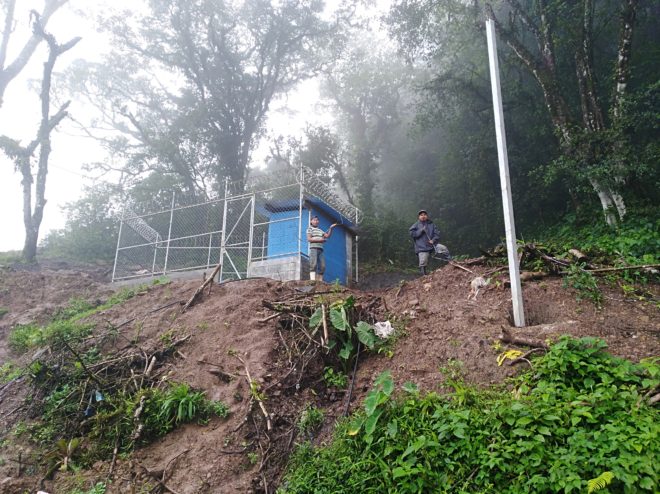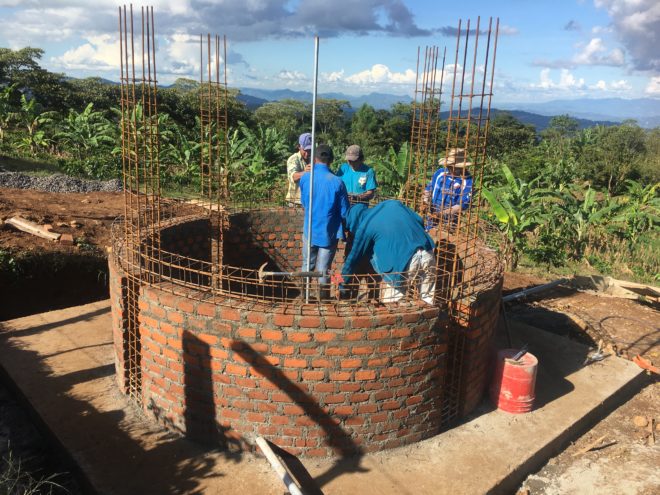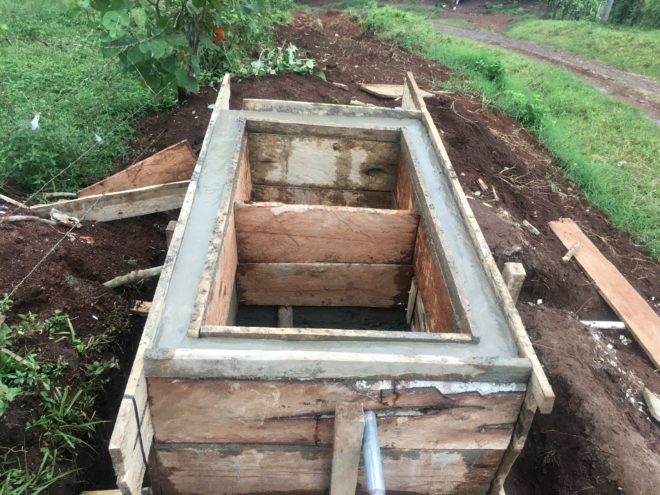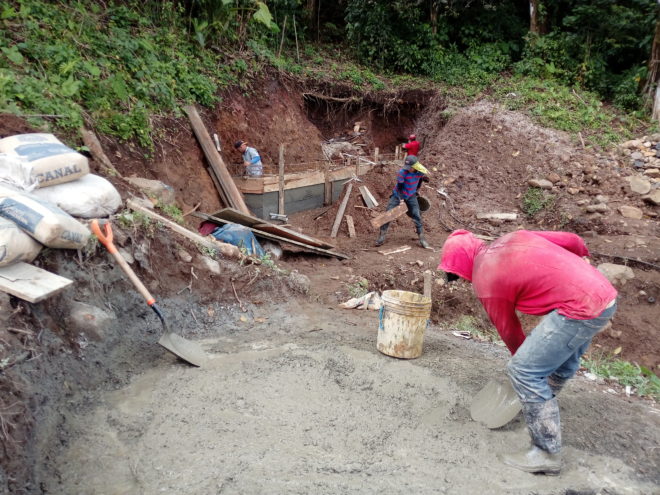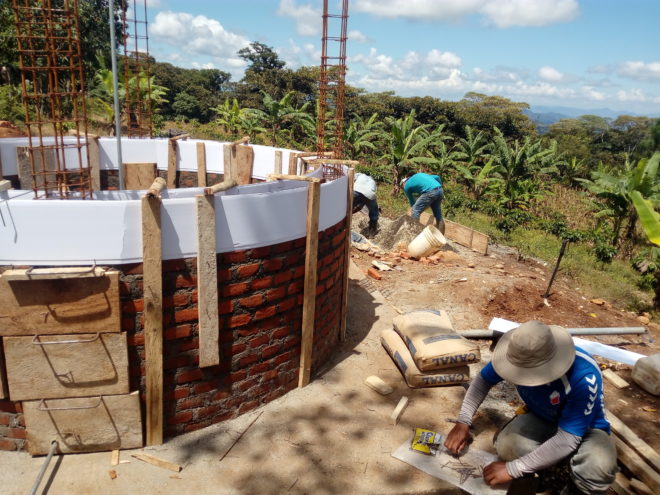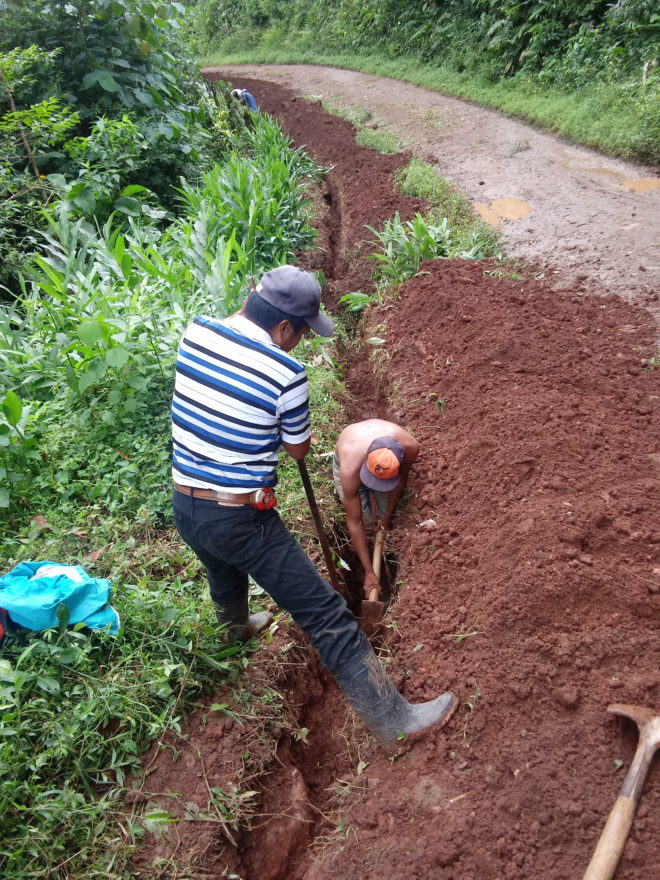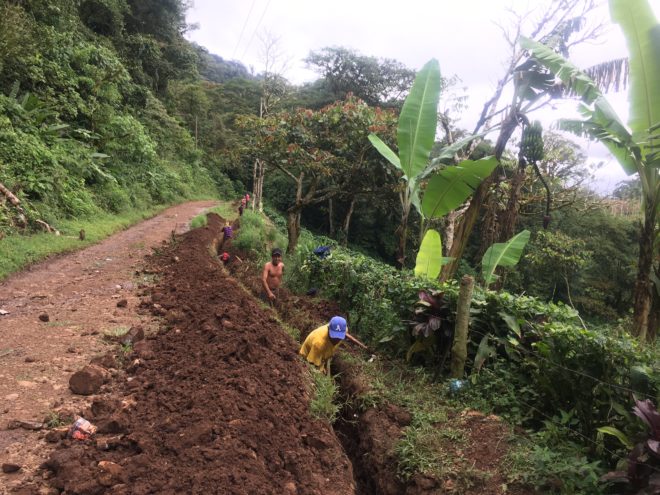Project Overview
Anita is located in Jinotega, Jinotega, the northwest of Nicaragua. Community members of Anita suffer from flu, respiratory issues, and diarrheal diseases. These illnesses are commonly the result of adequate hygiene and sanitation infrastructure
This system utilizes surface water and a pump to provided regular access to water. The system’s 2,640 gallon tank connects to 40 homes through 3 kilometers of piping to provide sufficient safe and clean water for peoples daily uses.
Anita, Nicaragua
Prior to this projects completion, the community of Anita did not have a water system. People had to collect water directly in several springs or water sources located in nearby mountains. Many of the people had to funnel the water through hoses directly to their houses, however, not all the community members were at the same level of coverage.
Water System Solution
After identifying a potential groundwater source in the community supplying 3.56 gallons per minute of water, Global Brigades presented the design details of the water system to the municipality of Jinotega. In turn, the municipality requested Global Brigades’ support to supply 30 additional houses with water in return for counterpart funding. Currently, the completed water system has a 2640 gallon water storgae tank with a distribution network for the entire community. The tank is built at a higher location in order to improve water pressure.
Global Brigades conducted trainings with the existing Water Council in the community. The Council is responsible for monitoring and maintaining the wells and pump. Additionally, Global Brigades trained a Basic Sanitation Committee, which work to share information with community members on the importance of clean water and proper sanitation and hygiene practices. Together, the Water Council and the Basic Sanitation Committee oversee all aspects of the construction of the water system in Anita. They ensure that the system is used and maintained responsibly.
Water Project Stages
This project was completed in December 2019.

